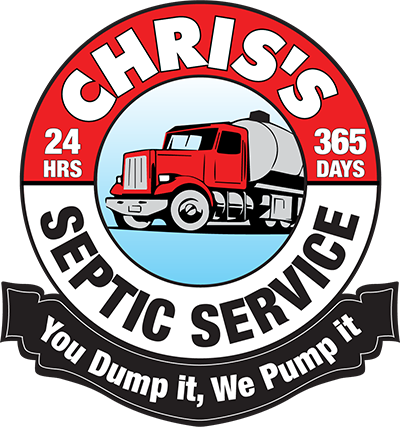Drain Line Jetting

Drain line jetting is a method used for cleaning and unclogging plumbing and sewer lines. It involves the use of high-pressure water jets to remove blockages, debris, and build-up from within the pipes. This process is often performed by professional plumbers or drain cleaning services and can be an effective way to address various drainage problems. Here’s how drain line jetting typically works:
Inspection: Before starting the jetting process, a plumber may conduct a visual inspection or use a specialized camera to assess the condition of the drain or sewer line. This helps identify the location and nature of the blockage or problem.
High-pressure water jetting: A high-pressure water jetting machine is used to deliver a powerful stream of pressurized water into the drain or sewer line. The water is typically pressurized to several thousand pounds per square inch (PSI). This high-pressure stream can break up obstructions, including tree roots, grease, mineral deposits, and other debris.
Nozzles and attachments: Different types of nozzles and attachments are used to direct the water jet effectively. Some nozzles have rotating heads to cover a larger area inside the pipe, while others are designed to focus the stream on specific blockages or areas of concern.
Removing blockages: The high-pressure water jetting process dislodges and breaks down the blockage, turning it into smaller particles that can be flushed away through the sewer system. It can also remove built-up residue and scale from the inner walls of the pipes.
Thorough cleaning: Drain line jetting not only clears blockages but also cleans the entire pipe, helping to prevent future clogs and improving the overall flow and efficiency of the plumbing system.
Inspection and testing: After the jetting process is complete, the plumber may conduct another inspection or test to ensure that the drain or sewer line is now clear and functioning correctly.
Headline
It’s important to note that our trained professionals should perform drain line jetting as it involves high-pressure equipment and can be potentially dangerous if not used correctly. Additionally, it may not be suitable for all types of pipes, so the plumber will assess the plumbing system’s condition before deciding on the appropriate method of cleaning and maintenance.
